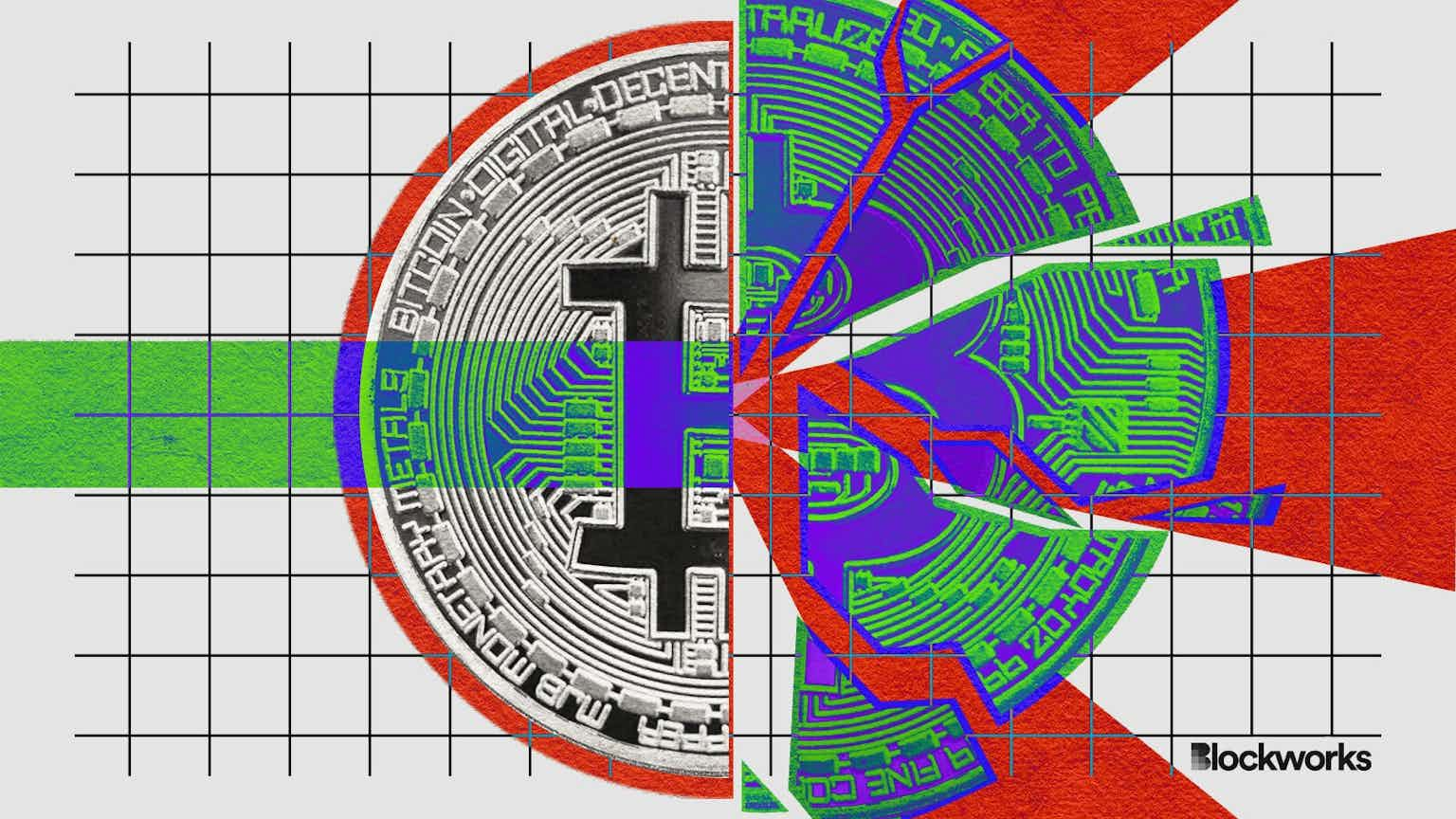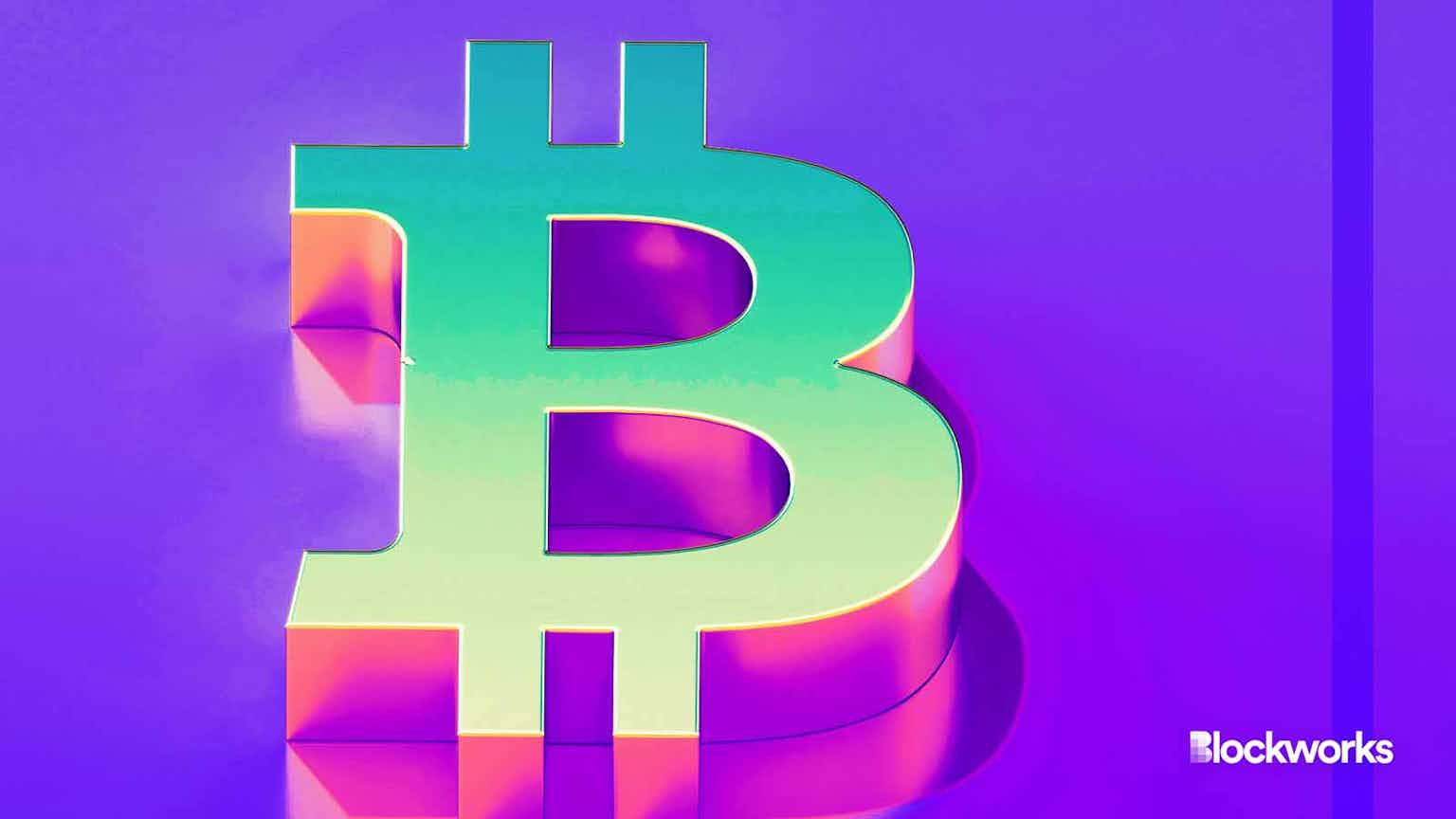The Mechanics of a Crypto Liquidity Crunch
A crypto liquidity crunch is what happens when platforms lack the liquid supply of cash reserves and 1:1 convertible stablecoins needed to meet demand without collapsing market prices

Source: Shutterstock
To break down the mechanics of a crypto-liquidity crunch, we sat down with an institutional market expert, Chuck Lugay, head of execution services at sFOX. sFOX is known by institutional investors for its deep order books — sourced from more than 30 top exchanges, OTCs and over 80 markets. Lugay brings more than 20 years of institutional experience and has lived through the significant market swings in the last two decades.
What is a crypto liquidity crunch, and how does it start?
The definition is simple. A crypto liquidity crunch is when platforms lack the liquid supply of cash reserves and 1:1 convertible stablecoins needed to meet demand all without collapsing market prices.
It’s a bank run.
And in the world of digitized assets, human behavior isn’t different. Like the 2007-08 real estate market crash, both follow a period of hyper-competitive yield chasing with little interest in risk-averse asset management. Those like Chuck Lugay have witnessed the same behavior across multiple industries.
“I lived through the market corrections in 2001. I lived through the real estate disaster in 2008. I think that if you haven’t had experiences like that within your professional career, you may leave yourself open to big issues like this,” Lugay said.
“There are no specific guaranteed red flags that give an indication of a liquidity crunch, but you need to prepare for the worst. It might come at the sacrifice of immediate returns of what you’re doing now. But I’d almost rather lose a small amount of money on a trade today, than lose half of my equity in the entire portfolio because I didn’t practice good hedging strategies. Multiple players in the space right now will not make it because they did not hedge themselves correctly,” Lugay said.
How the liquidity mechanics differ
While human behavior remains consistent across industries, the mechanics of a crypto liquidity crunch function differently. In crypto, very few on-ramps allow institutions to transfer large amounts of capital in and out of the market. Think of it as a new city with many highrises but not enough highways in and out. Crypto platforms developed solutions akin to an above-ground rail to alleviate congestion within the market. They either tokenized assets by holding a 1:1 equivalent value in cash or used algorithmically governed monetary policy to maintain a 1:1 peg. Like above-ground rails, these solutions help transfer liquidity within the system but do not offer an easy way out. They still need exchanges or stablecoin bank redemptions to exit completely.
Terra/Luna’s UST was an example of a 1:1 algorithmic stablecoin that crumbled from poor architecture. Before its collapse, funds and exchanges used it as a critical source of liquidity. But when it started to depeg, some of the biggest market makers could not move fast enough to meet liquidity demands. And in a world of automated and decentralized smart contracts, prices collapsed to zero in hours. Funds with UST on their balance sheet suffered the consequences. And now, multiple crypto lending platforms are facing bankruptcy and liquidation.
To say this is a big deal may be an understatement. In a recent webinar on crypto’s state of the union, Chuck had this to say about today’s market compared to previous bitcoin cycles:
“I think the biggest difference in this cycle is the credit fall out. We had a liquidity situation in 2017, but I don’t think you had the systemic problem that you are seeing today. We are in uncharted territory.”
Sourcing the proper liquidity from on-ramps and exchanges is key to navigating and preparing for a market-wide crunch. Chuck explains that institutions choose sFOX over individual exchanges because it does not limit order book access to one or two specific liquidity providers. Instead, sFOX has bundled and aggregated over 30 liquidity providers on one platform.
How aggregated liquidity providers can help during a liquidity crunch
Say one exchange in sFOX’s aggregated liquidity is over-exposed to a collapsed stablecoin. Chuck points out that institutional-level investors can maintain a degree of protection through the more than 30 additional liquidity providers. sFOX makes access easy because all the activity is taken care of in-house. This includes treasury management and establishing relationships — saving investors time and resources.
He even argues that when an institution wants to exit during a liquidity crunch, institutions can avoid some of the typical price slippage that occurs on exchanges. They achieve this efficiency through smart order routers and specific algorithmic order types.
In conclusion
There is no way to see a massive downturn in any specific token, so institutional investors must ensure they are thoroughly hedged. First and foremost, liquidity crunches often start with large downside market movements. In addition to environmental factors, market downturns can happen when portfolio managers, hedge funds, and institutional investors are not practicing good risk management.
Aggregated liquidity providers like sFOX can offer deeper pools of liquidity by drawing on more than 30 top exchange sources, including the industry’s OTC trading desks, as well as over 80 markets.
This content is sponsored by sFOX.
Don’t miss the next big story – join our free daily newsletter.





